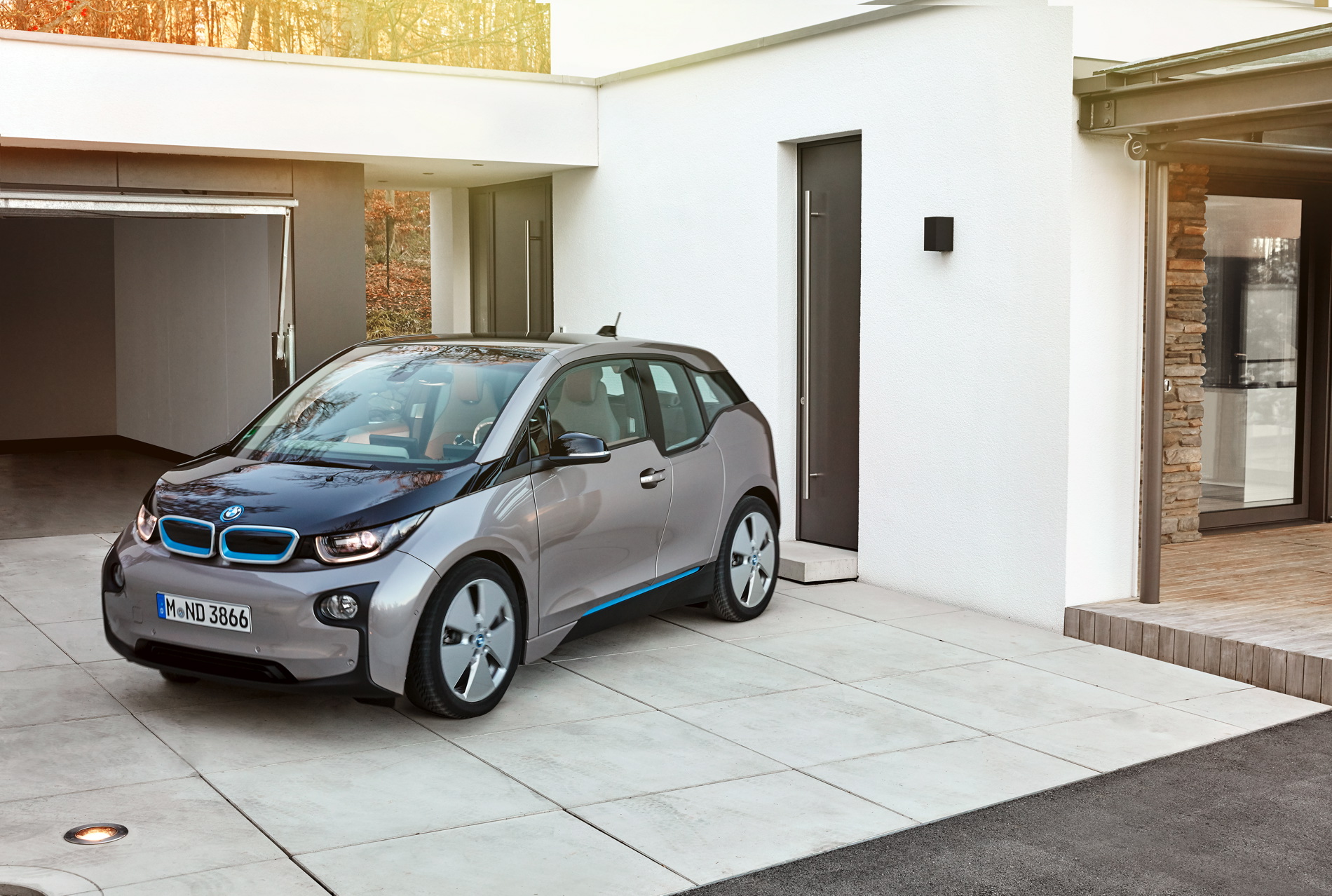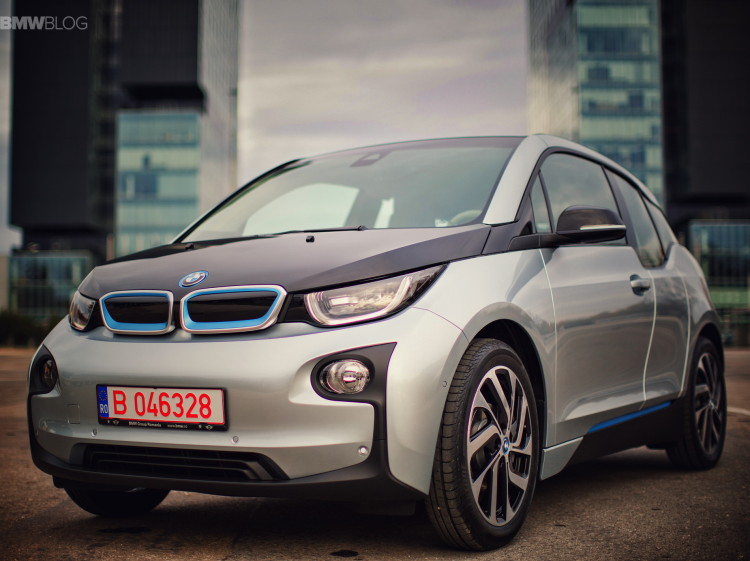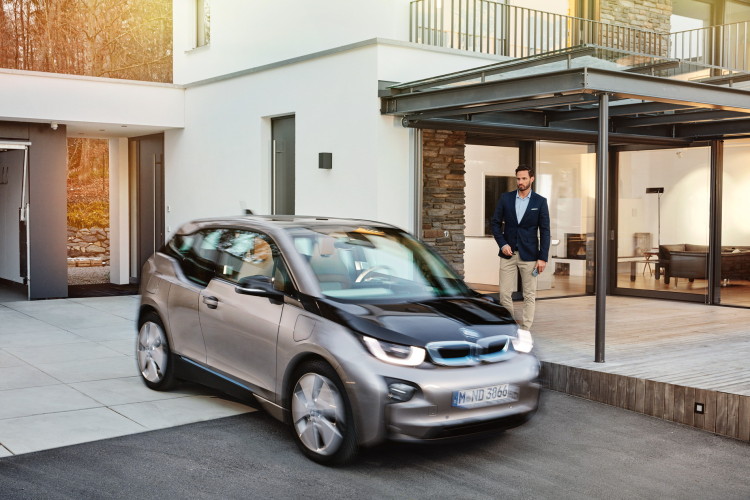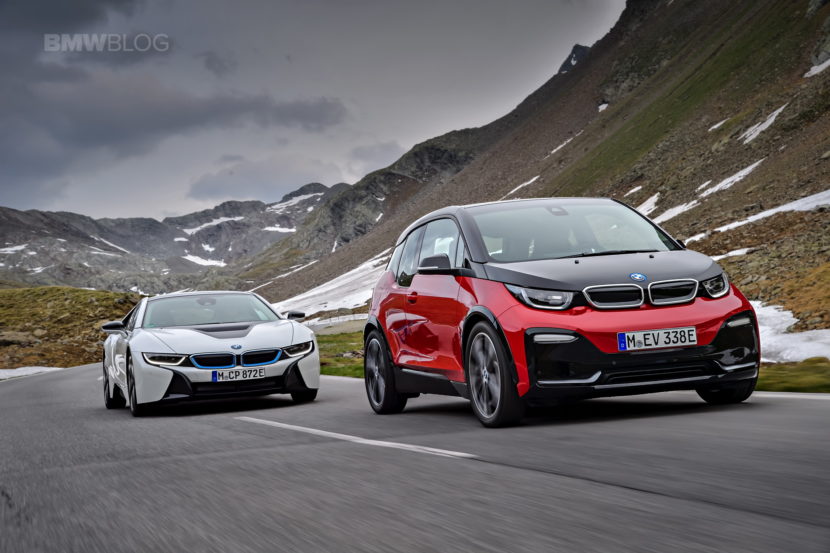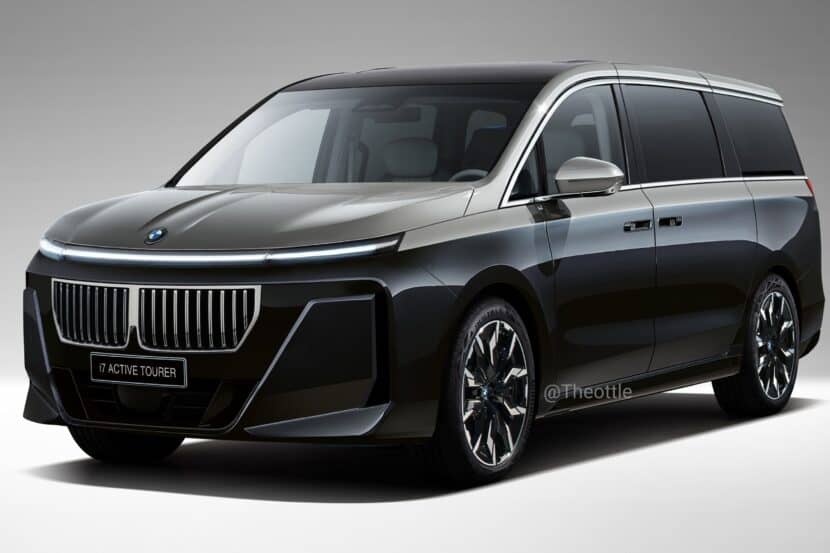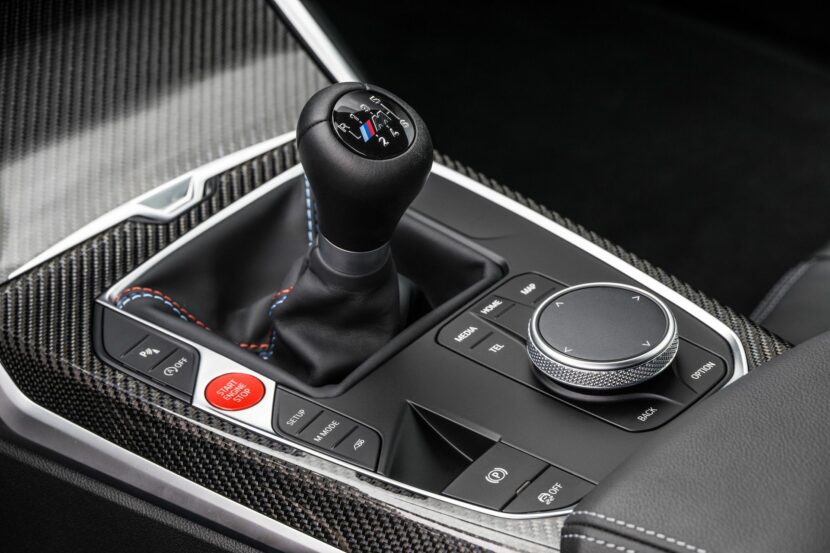BMW’s i Division is expanding quite rapidly and is becoming one of BMW’s major focuses. With only two models, that’s quite an impressive feat, but BMW is looking to expand and provide some new models in the near future. It’s no secret that the market for alternative fuel vehicles is growing, just ask any Tesla fan, so BMW must keep up and push its i Division more than ever. We recently just saw the BMW i8 Mirrorless Concept at the 2016 CES, an i8 Spyder has already been confirmed and the BMW i3 will be getting added range in 2016. So it’s already happening.
With all of this going on, we thought it to be a good idea to interview the Product Manager for BMW’s i Divison, Jose Guerrero.
What was some of the feedback you got from customers in 2015, as far as the i Brand?
Jose Guerrero: I think one of the top requests has been the sunroof, so we did the shadow sport edition, with the sunroof, and it was extremely popular. So it made us think “Hey, we didn’t think this would be a big requirement for electric drivers but it is and there’s some demand for it. So we’re really taking a closer look at that. We’re also doing some more colors this year, so we replaced three colors for 2015 and we want to see how popular the new colors are. Interestingly enough, the Fluid Black is an extremely popular color. All of the estimates we had, I think we estimated around a 30 percent take rate, were blown out of proportion. It was really appealing to the people who were turned away by the two-tone colors scheme, and we’ve had dealers tell us that. So to be able to actually bring that to the market place and see that response, it tells us that there’s potential to do more, but also with the car. We know that more and more manufacturers are looking to up their range and put bigger batteries in, but for us, we’re looking at the core technology and the range extender. We’re listening to the customers to see what’s valuable to them.
Hypothetically, if you increase the electric range, will that allow you to unlock the full REx?
That’s actually a two-part answer. The way the emissions certification for the vehicle has been certified for the REx, no matter what the strategy that BMW has selected, has been to turn the REx on only to get to a charging station. In Europe, it’s different. Here, we’re putting our focus into infrastructure, always trying to push that side of the business. We believe, at the core, even REx driver’s who’ve unlocked the REx, we still expect their driving behavior not to change and it’s almost like training wheels for the BEV. People with the REx, knowing how it operates, feel that it’s sufficient. So now, people are having REx anxiety. We really talked to our dealer network and told them that “these are the conditions and expected use of this car is” and let people know what their going to buy the car for. If they buy the car, and do 100 miles a day, and expect to use the REx, it’s not the car for them.
How does the emissions certification work, is the REx range supposed to be a certain percentage of the electric range?
The two things we believe, as a brand, that the certification targets are: One, we want the BEV range to be more than the REx range, because we believe that this is an electric car first, born electric, and the REx is only there for when you need it. Let’s look at the Chevy Volt, that’s reversed, where the gasoline range is further than the electric range. Could we build that? Of course, we already do with the X5 xDrive40e, but that was not our intent. Two, it’s the driving pattern. If you have the REx coming on at 50 percent state of charge, at the end of one month or one year, you could actually have more gasoline driving miles than electric, so how could we, as a brand, say that it’s born electric? So we’re definitely carrying that flag of electric mobility and if we really believe electric driving can cover 90 percent of a driver’s commute, how do we then change the behavior?
Where do you see electric mobility in the near future?
I think more and more manufacturers will strive for electric vehicles and, as a whole, it gives raises awareness for customers that “Hey, electric vehicles aren’t a compromise”. And as more manufacturers are successful, like the Chevy Volt, it helps the transition, from a customer mindset, to start cross shopping. “Okay now I’m interested in an electric vehicle, which one do I want?” Now there’s options.
We see all this cool technology at CES, what is one piece of technology that would help the i3 BMW today?
There’s a lot. It’s scary to think that a lot of the technology out there is very close to being real.
But which one would make an actual, real-life impact?
Full disclosure, I drive an i3 daily, but on the weekends I drive an M car. I would really like the opportunity that when Im commuting, when I don’t get to use the UDM at its full potential, I can sit back, relax and have the car drive me to work. Seeing as how the i3, today in Europe, has that ability in congested traffic, I’d like to see that here. The 7 Series is starting to show that, a tiny bit, but to have that the way it was presented at CES, I think it would resonate with people. All of that technology is ready today, and to see that make it to the i3 in the US would be really exciting.


